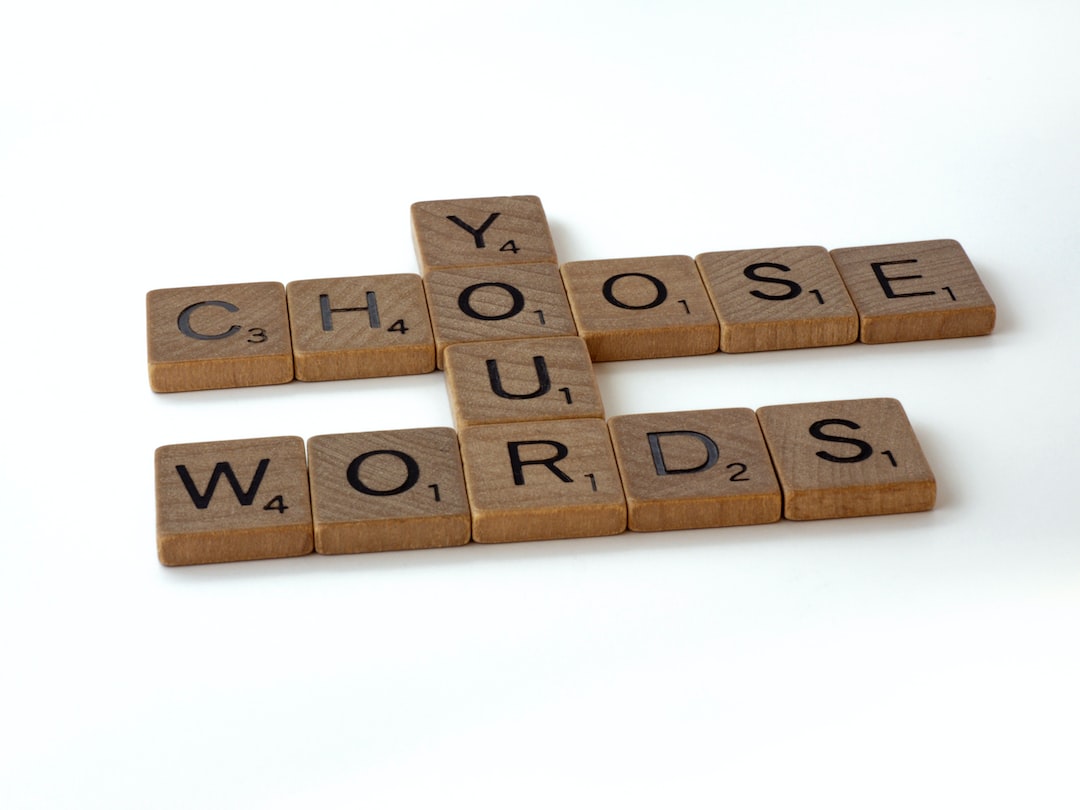Introduction
Table of Contents
The Danish language, with just about six million speakers mainly in Denmark, may not boast the vast numbers of English or Mandarin, but it carries its unique allure and a wealth of cultural treasures appealing to language lovers around the world. Embarking on the adventure of learning Danish comes with its distinct set of challenges, from mastering its unique sound system to grasping the subtle complexities of its grammar. But the payoff is substantial – imagine conversing fluently with locals, diving deep into a different culture, and even expanding career opportunities. This blog post aims to provide practical advice and insights on how to learn the Danish language effectively, guiding language buffs on their path to proficiency.
Understanding the Danish Sound System
The Unique Danish Phonetics
For those new to the language, Danish phonetics can seem like a steep mountain to climb. Its rich array of vowels and the presence of the glottal stop known as stød – similar to a tonal element – make it stand out. Soft consonants, too, form part of the Danish soundscape, adding to the challenge for learners. To tackle Danish successfully, it’s key to train your ear and focus on clear pronunciation right from the start.
Importance of Pronunciation in Danish
Getting pronunciation right in Danish is more than just about sounding authentic; it’s about being understood. Mispronunciation can lead to mix-ups – take for example ‘hund’ (dog) and ‘hundrede’ (hundred) – which to an untrained ear can sound confusingly similar. By nailing the pronunciation, you’ll not only avoid mix-ups but will also gain the confidence to engage in meaningful conversations with native speakers.
Tools and Resources for Listening Practice
Thankfully, there’s no shortage of resources for immersive listening. Online databases like Forvo feature native speakers pronouncing loads of words. Diving into Danish podcasts, tuning into radio stations from Denmark, or following YouTube channels dedicated to pronunciation can wrap you in Danish sounds. Plus, transcription tools can be a lifesaver when you’re practicing identification of spoken words to check your listening skills.

Starting with the Basics
Learning the Danish Alphabet
Every language journey begins with the ABCs – or in Danish, the ABCÆØÅs. The Danish alphabet tacks on three extra letters beyond the standard English set, which opens the door to accurate reading, pronunciation, and spelling. Familiarize yourself with these letters early on to lay a strong foundation for your Danish literacy.
Essential Grammar Rules
Grammar forms the backbone of any language, and Danish is no exception. Grasping the gender of nouns, which affects articles and adjectives, as well as verb conjugations and sentence structure, is crucial. While Danish grammar might be more straightforward than in other languages, it still requires careful study to express yourself correctly.
Common Phrases and Greetings
Equipping yourself with a set of common phrases and greetings is like packing the essentials for a trip. ‘Hej’ (Hello), ‘Farvel’ (Goodbye), ‘Tak’ (Thank you), and ‘Undskyld’ (Excuse me) are just the start. These phrases are invaluable for day-to-day interactions and lay the groundwork for advancing to more complex conversations.
Immersing Yourself in the Language
Utilizing Danish Media
Plunging into the world of Danish media is an enriching way to see the language in its natural habitat. From movies and TV series to music and print, this kind of exposure not only boosts your word bank but also tunes you into the living, breathing cultural undertones of the language.
Engaging with Native Speakers
Talking to those who’ve grown up with Danish is one of the most hands-on ways to learn. Platforms like iTalki and Tandem connect you with native speakers, allowing you to put your skills to the test in real conversations. This interaction is the key to applying what you’ve learned and getting helpful corrections on the spot.
Language Immersion Experiences in Denmark
When it comes to truly mastering Danish, nothing beats being surrounded by it 24/7 in its homeland. Whether you’re studying abroad, living with a Danish family, or just traveling through Denmark, this full-on experience accelerates your learning as you’re propelled to use the language in varied, everyday scenarios.

Utilizing Technology in Danish Language Learning
Language Learning Apps and Websites
Never has learning a language been more convenient, thanks to technology. Apps and websites like Duolingo, Babbel, and Memrise present Danish in a fun, user-friendly format, adjustable to your personal learning speed. DanishClass101, for instance, lines up structured lessons and resources suitable for learners at all levels.
Online Courses and Tutorials
For those looking for a more comprehensive guide, online courses and tutorials are a great bet. Platforms such as Coursera and Udemy offer expert-created courses that can walk you through Danish from the basics all the way to more advanced levels, complete with assessments and a community of fellow learners.
Using Social Media to Your Advantage
Social media isn’t just for keeping up with friends; it can also be a resourceful ally for learning Danish. Following Danish language accounts, joining learning groups, and exploring language-related hashtags can deliver daily snippets of learning content. It’s also a place to connect with peers and mentors who can spur you on in your learning quest.
Enroll in Structured Language Classes
Choosing the Right Danish Course
Finding a Danish course that clicks with your learning style and goals is key to effective learning. Keep an eye out for the teaching method, instructor credentials, course intensity, and whether it matches your learning aims. Whether offline or online, the right fit could make all the difference in your language journey.
The Benefits of Classroom Learning
There’s something to be said for traditional classroom settings. They ensure a steady learning pace, structure, and the chance for immediate practice and feedback. Group classes also allow for interaction and offer a social dimension to learning, which can be incredibly motivating and enriching.
Integrating Personal Study with Formal Education
Blending formal classes with self-study brings out the best in your language learning. It means you can go over classroom material at your own pace, explore subjects that fascinate you, and practice whenever and however you choose. This approach, supported by tools like flashcards and language forums, ensures a well-rounded Danish education.
Practicing Regularly and Consistently
The Power of Daily Practice
There’s no way around it: if you want to get a grip on Danish, daily practice is a must. Regular use of the language, be it through study sessions or simply weaving it into routine tasks, helps to lock in what you’ve learned. Creative practices, like writing in a Danish diary or singing along to Danish tunes, go a long way in making the language stick.
Setting Achievable Language Goals
Setting clear goals in language learning helps chart the course of your journey. These goals might be as straightforward as finishing a course level, holding a short conversation in Danish, or as ambitious as reading a novel or presenting in your new language. Concrete objectives provide direction and keep you driven.
Overcoming Plateaus and Staying Motivated
It’s common to hit a learning plateau, but the trick is not to get stuck there. Shaking up your routine, rising to new challenges, and recalling why you started learning Danish in the first place can help. Embracing language challenges, seeking out constructive criticism, and celebrating every small victory can reignite your passion and push you past those stalemates.

Exploring Danish Culture and History
Understanding Contextual Language Use
Immersing yourself in Denmark’s culture and history gives valuable context to your language use, helping you understand the ‘why’ behind the ‘what’. This cultural insight is particularly handy when navigating Denmark’s signature irony and humor in daily conversation.
Learning Through Danish Literature and Folklore
Danish literature, be it Andersen’s fairy tales or Kierkegaard’s musings, serves as a fantastic language resource while providing a peek into the Danish worldview. Delving into these works is not only good for your Danish lexicon but also for understanding the cultural underpinnings of the society.
Attending Danish Cultural Events
Engaging in cultural events is a fun and lively way to connect with the language. Festivals, art exhibitions, and theatrical shows offer authentic contexts to practice Danish amongst the vibrant backdrop of its native speakers and traditions. It’s practice and cultural enrichment all wrapped into one.
Advanced Learning Strategies
Active vs. Passive Learning Techniques
As you progress, mixing active and passive learning strategies can enhance your command of Danish. Active learning might involve using the language in speaking or writing, while passive learning could be as simple as listening to Danish tunes. A balanced approach keeps your learning well-rounded and dynamic.
Incorporating Danish into Daily Routines
Making Danish a natural part of your day can ease the learning process. Try labeling items in your home with their Danish names or switching your phone’s language setting. Subtle integration like this can make Danish a familiar presence in your life, encouraging regular usage.
Tackling Complex Language Nuances
When you reach the higher rungs of learning, tackling the intricate features of Danish takes priority. This means mastering idiomatic expressions and understanding different registers, among other things. Diving into specialized topics or attending linguistics workshops can push your Danish skills to the next level.
Conclusion
To wrap it up, the journey to learn the Danish language is one filled with chances for cultural insights and personal development. The strategies discussed here, from getting to grips with sounds to delving into cultural depths, are crafted to streamline your path through the intricacies of Danish. Remember, stumbling along the way is normal and each misstep is simply a stepping stone towards fluency. With steady dedication and a healthy dose of patience, the ability to communicate in Danish will unfold, much like the sails of a storied Viking ship setting off towards new, enthralling destinations.
Frequently Asked Questions about How to Learn Danish Language
What makes Danish pronunciation particularly challenging for learners?
Learning Danish can be tricky due to its unique sound system, including a variety of vowels and the glottal stop “stød”. Soft consonants also contribute to the difficulty. However, focusing on pronunciation from the beginning can help avoid confusion and miscommunication.
Are there effective resources for practicing Danish listening skills?
Absolutely! Online pronunciation databases, Danish podcasts, radio stations, and YouTube channels can immerse you in the language. Furthermore, transcription tools can be quite helpful in validating your listening comprehension.
What are some basic Danish phrases that are essential for beginners?
Starting with simple greetings like ‘Hej’ (Hello) and ‘Farvel’ (Goodbye), as well as polite expressions such as ‘Tak’ (Thank you) and ‘Undskyld’ (Excuse me), will provide a solid base for daily interactions and further language development.
How can I incorporate Danish language learning into my everyday life?
Integrating Danish into daily routines could include labeling household objects in Danish, changing device language settings, or even engaging with Danish social media accounts. Regular practice is key to progressing in your understanding and usage of the language.
Is it beneficial to combine structured classes with self-study in learning Danish?
Yes, combining the structured approach of formal classes with the flexibility of self-study allows for a comprehensive understanding of Danish. Utilizing flashcards, language forums, and personal reading can enhance your learning experience.